Types of Sakes
Sake is categorized not by the variety of its main ingredient, rice, as wine is by the type of grape used, but by the milling or polishing process of the rice and by its brewing method. The main sake products sold in the United States are the following:
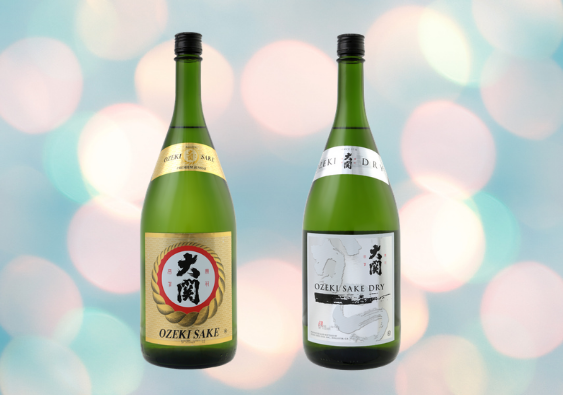
Junmai
A type of sake brewed only from rice and water. Usually about 30 percent of the rice grain surface is polished away before it is used for brewing. Junmai sake tends to have a full-bodied, robust flavor.
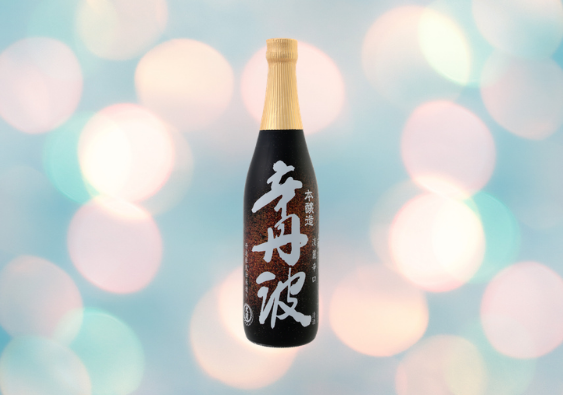
Honjozo
Distilled alcohol is added to the Junmai sake for flavor. Before refrigeration, distilled alcohol was used as a preservative during the summer. Honjozo is now established alcohol as a legitimate sake type. It tends to have a cleaner taste than Junmai sake.
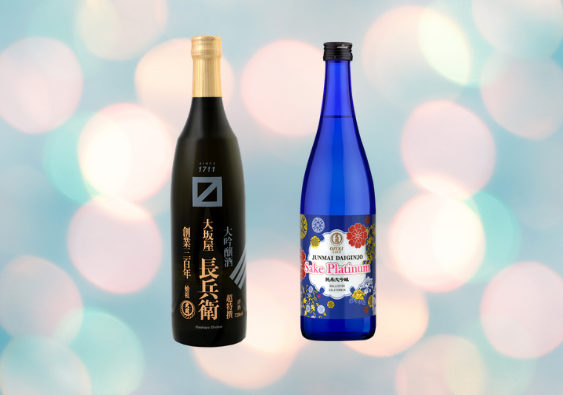
Daiginjo
Ginjo sake is a relative newcomer in the sake industry that has become widely popular in the last three decades. Usually about 40% and more of the rice grain surface is polished away. The fermentation process for Ginjo sake is done at a lower temperature and for a longer time. It tends to have a fruity aroma and a clean taste. This sake can be either Junmai or Honjozo. Like Ginjo, Daiginjo sake can be either Junmai or Honjozo, but more (usually 50%) of the rice grain surface is polished away and the fermentation process for Daiginjo sake takes longer than for Ginjo sake. It usually has a floral and fruity aroma, and a delicate and subtler taste. Making Daiginjo sake is a daunting process and attests to the level of the sake brewmaster's knowledge and experience.
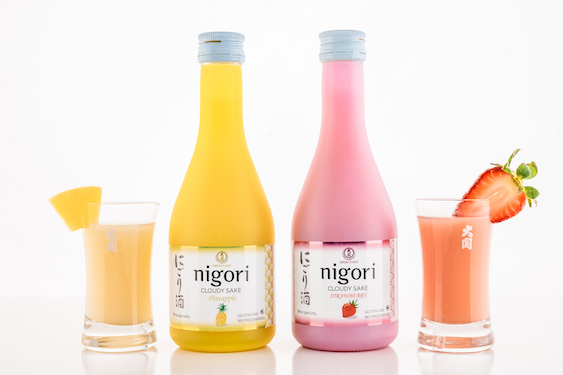
Nigori
The Japanese word "nigori" means cloudy in English. It refers to its cloudy color and the texture of the sake. This sake is partially filtered to keep some residual yeast, known as lees, which gives it its mild sweetness. Nigori sake is often served as a dessert sake.
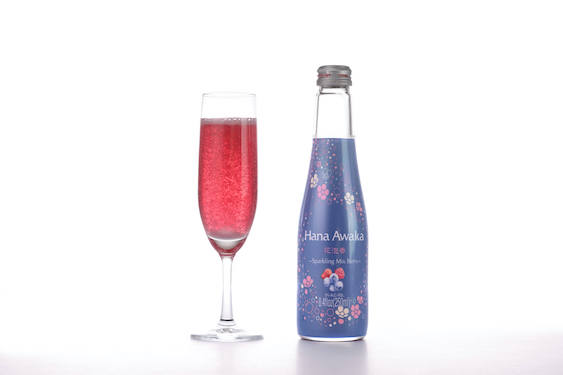
Sparkling
New style of sake! Very refreshing and generally lower in alcohol 6 - 10 %. Great as an aperitif or dessert sake.
Subscribe to the latest newsletter
Sign up today! You'll receive exclusive offers and sake tips!